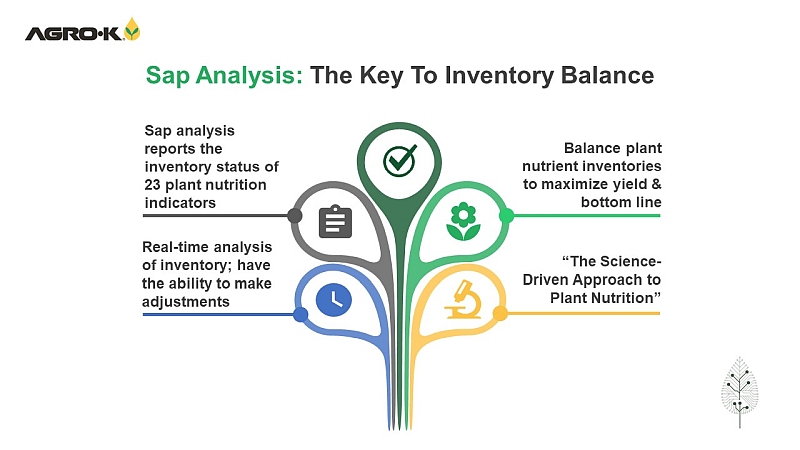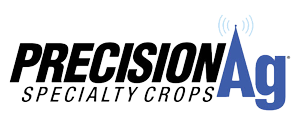2 Grades of Winegrapes From One Vineyard? Here’s How
It would seem to be a viticulturist’s dream: achieving relatively large-scale production of winegrapes while allowing for differentiated harvesting of two different grades of fruit.
For Chateau Ste. Michelle, one of the largest wine producers in the U.S., the payoff is a $10 premium on reserve-quality wines from a portion of its vineyards while the balance of the yield goes to good quality basic wines — all harvested at the same time. Which of course also brings additional efficiencies at harvest time.
How do they do it?
To find out, I caught up with Dr. Russell Smithyman, Director of Viticulture for Ste. Michelle Wine Estates (SMWE), just weeks before he was to give a “tech talk” to attendees of the 2020 PrecisionAg VISION Conference. (This optional pre-event tour of Chateau Ste. Michelle’s Woodinville, WA, facility has limited seating and is open to VISION Conference attendees only. Registration information is available at TheVisionConference/Register.)
Aerial Imaging is A-Number One
Smithyman says aerial imagery is the precision technology that has had the single biggest impact on SWME, dating back to the early and mid-2000s. “Washington State University (WSU) happened to have a multi-spectral camera, and we had vineyards for them to take pictures of,” he recalls. “We learned a lot from that.”
At first SWME used fixed-wing airplanes exclusively to generate its imagery. “Now with drone technology out, we’re dabbling in that,” Smithyman says. He cites TerrAvion as among its service providers, with a SWME staffer organizing the image-gathering process and providing individual graphics to the appropriate viticulturist.
Whatever the carrier, the resulting imagery produces normalized difference vegetative index (NDVI) maps, which in turn reveal patterns in varying crop loads on the vines and in styles of fruit. From there, “we’re able to single [those differences] out and then differentially harvest based on it,” Smithyman says. “We’ve found that if we’re able to do this with a 10-acre block, it pays for all of our imaging for the whole year.”
Differential Harvesting
Of course, distinguishing between two grades of winegrapes and actually harvesting those two grades from one vineyard are two completely different things. “That’s a part of the story,” Smithyman says. “We’ve developed our own technology that fits this need that we’ve discovered – that is, how can we mechanically harvest such that we can allow these bigger blocks?” The blocks had to be, typically, the size where you can mechanically harvest the grapes” in order to make the whole plan pay off.
“It was a lot of trial and error, using some different things that would make for a neat story,” Smithyman says.
What evolved was a “signaling system” using what Smithyman calls a “harvest light bar” directed by NDVI maps. At harvest time, two gondola drivers follow each other down each row, each designated a specific light color (red, white, or amber) based on harvest vigor and, hence, grape quality. Each gondola moves into position to receive fruit from the harvester when their designated light is illuminated. The fruit is then taken to different trucks and delivered to the winery where separate wines are produced.
“For less than a thousand dollars, the system is very flexible,” Smithyman says. It can be used with different harvesters and is durable from harvest to harvest.
Technologies for the Near Future
Asked which technologies he’s keeping an eye on for the next two years, Smithyman doesn’t hesitate. “Obviously the big one for us is yield estimation – how to get yield estimates during different times of the year. Being able to determine how much fruit is coming into the winery accurately is sort of the holy grail,” he says.
And mechanization is “pretty huge. We’re doing a lot of work currently in mechanization, which has changed over the last few decades pretty dramatically.”
Like nearly every viticulturist, he’s keen on anything that can prevent viruses. When plant disease sweeps through vineyards, typically via insect vectors, “the only cure is to yank those vines out of the vineyard,” he says. Unfortunately, tests for plant disease like polymerase chain reaction (PCR) are destructive in their own way in that they require plant samples.
In a whole different spin on the definition of a “sensor,” Smithyman is hopeful that use of virus-smelling dogs — commonly used, for example, in citrus — finds its way into vineyards as a way to detect leafroll virus before even PCR can.
Last, Smithyman is excited about work out of WSU, where he is a part-time instructor, that might lead to a device that can measure the nutrient status of a vine through spectrometry. “Currently, again, we have to take a destructive sample, a leaf part or something like that, and take it to a lab” for analysis. With such a device, any viticulturist like Smithyman could “point at a vine and it would tell me: ‘Oh, that vine is deficient in potassium and we need to apply.’”
“A lot of neat things,” he concludes. “I’m looking at what kind of tools we can utilize to make our lives easier or make the wine quality better.”
Dr. Russell Smithyman will present a tech talk titled “Leading-Edge Precision in Viticulture” at Chateau Ste. Michelle’s Woodinville, WA, facility just prior to the opening of the 2020 PrecisionAg VISION Conference. Space is limited. For more information go to TheVisionConference.com.











